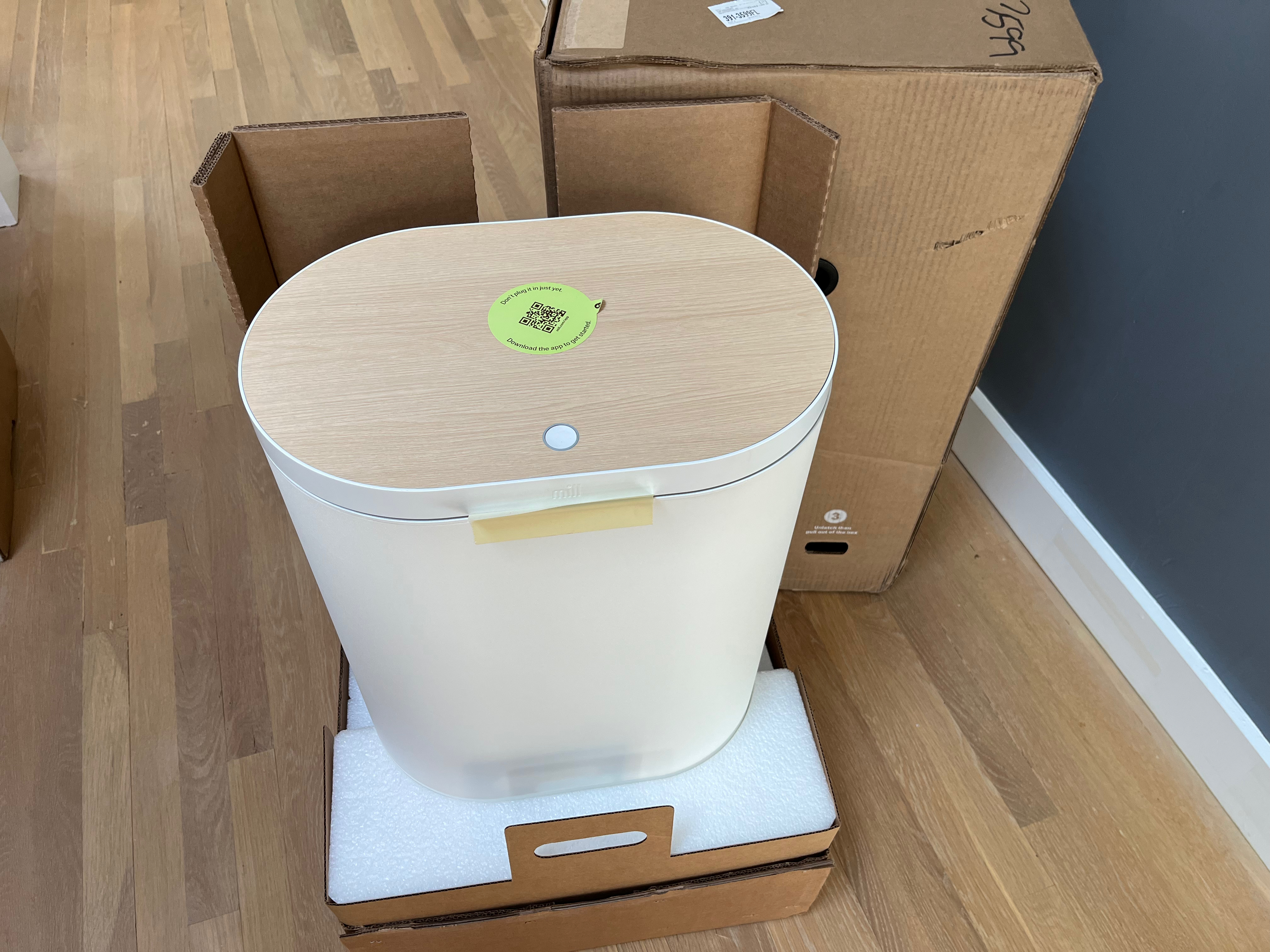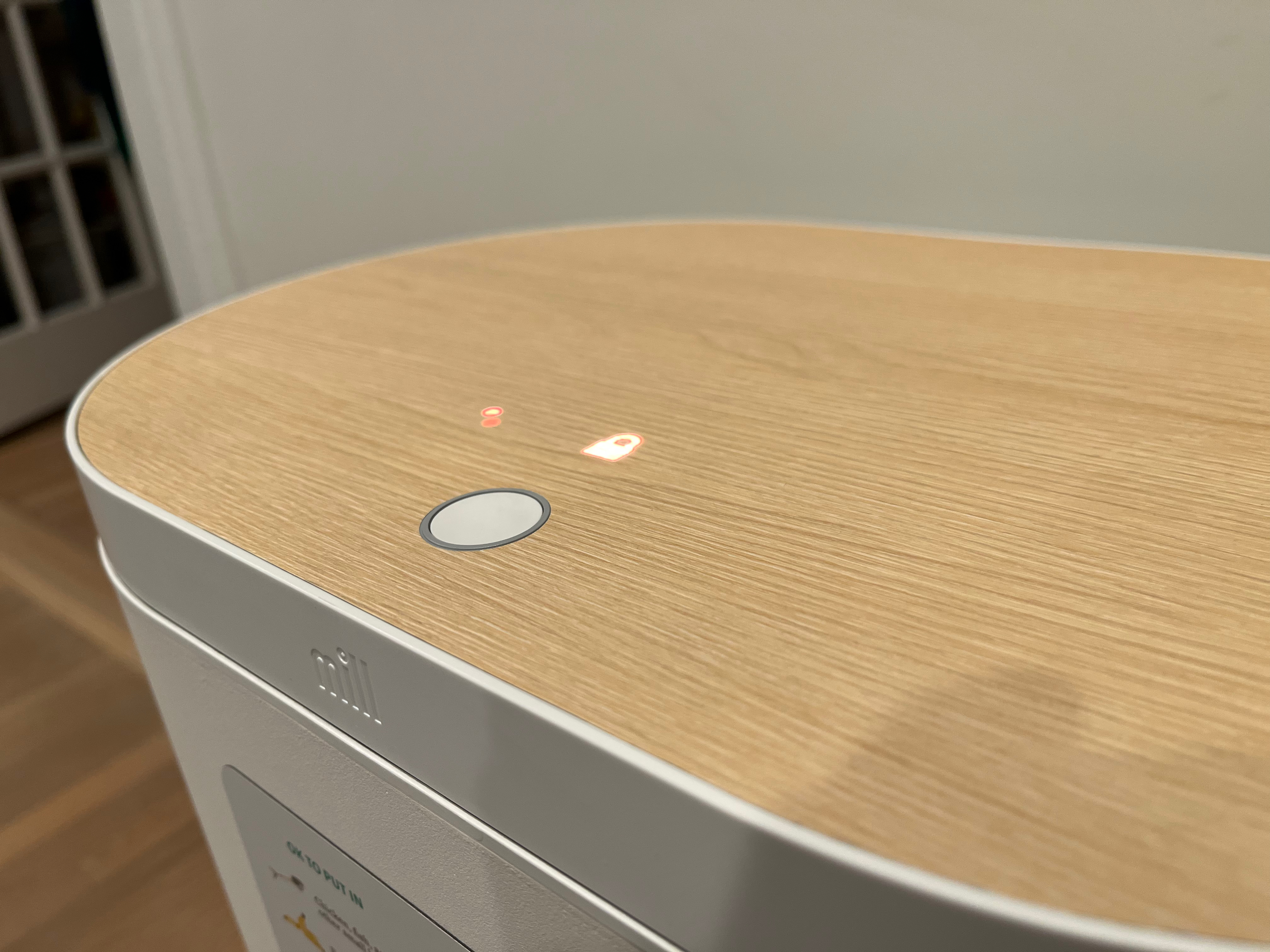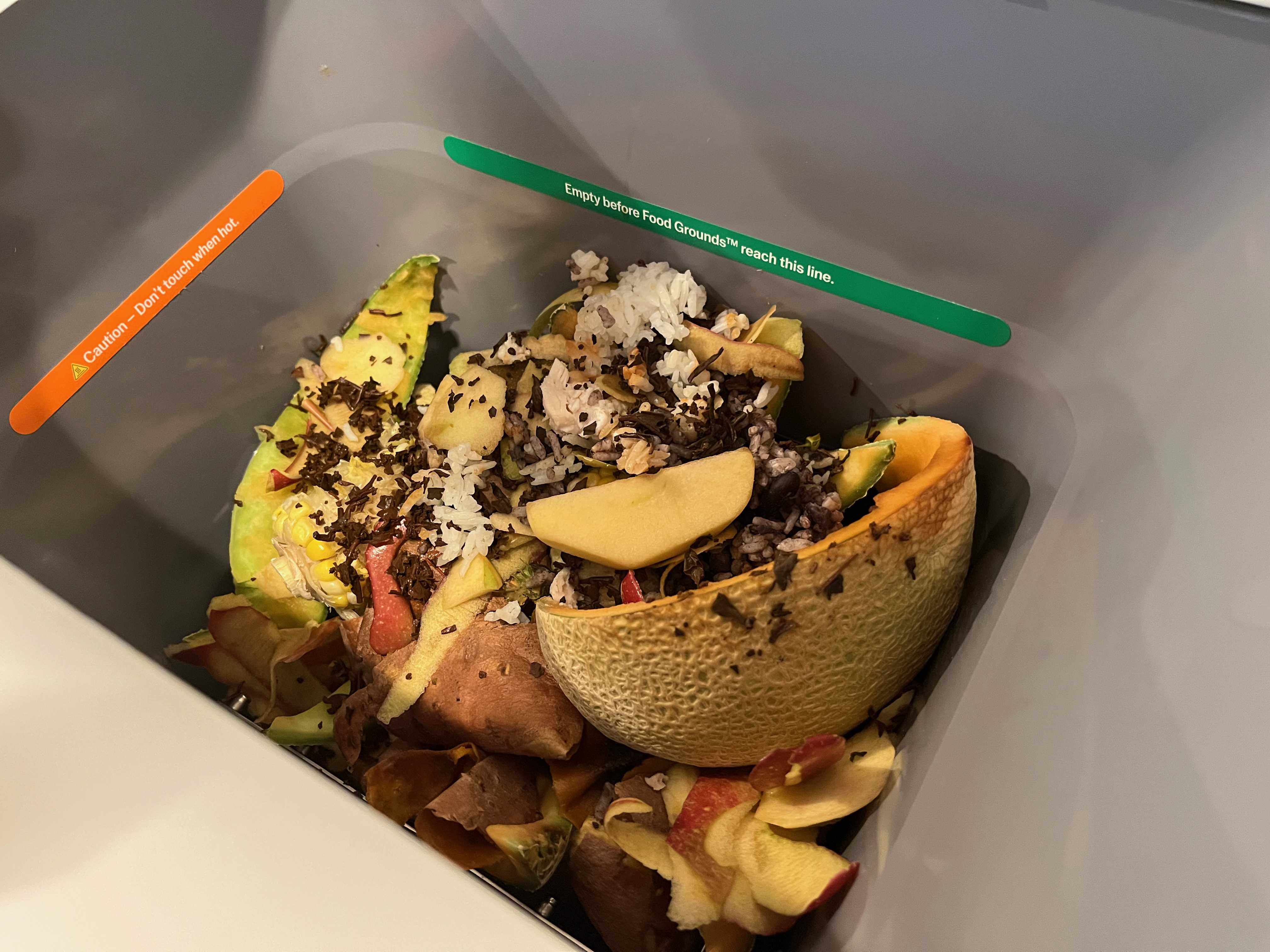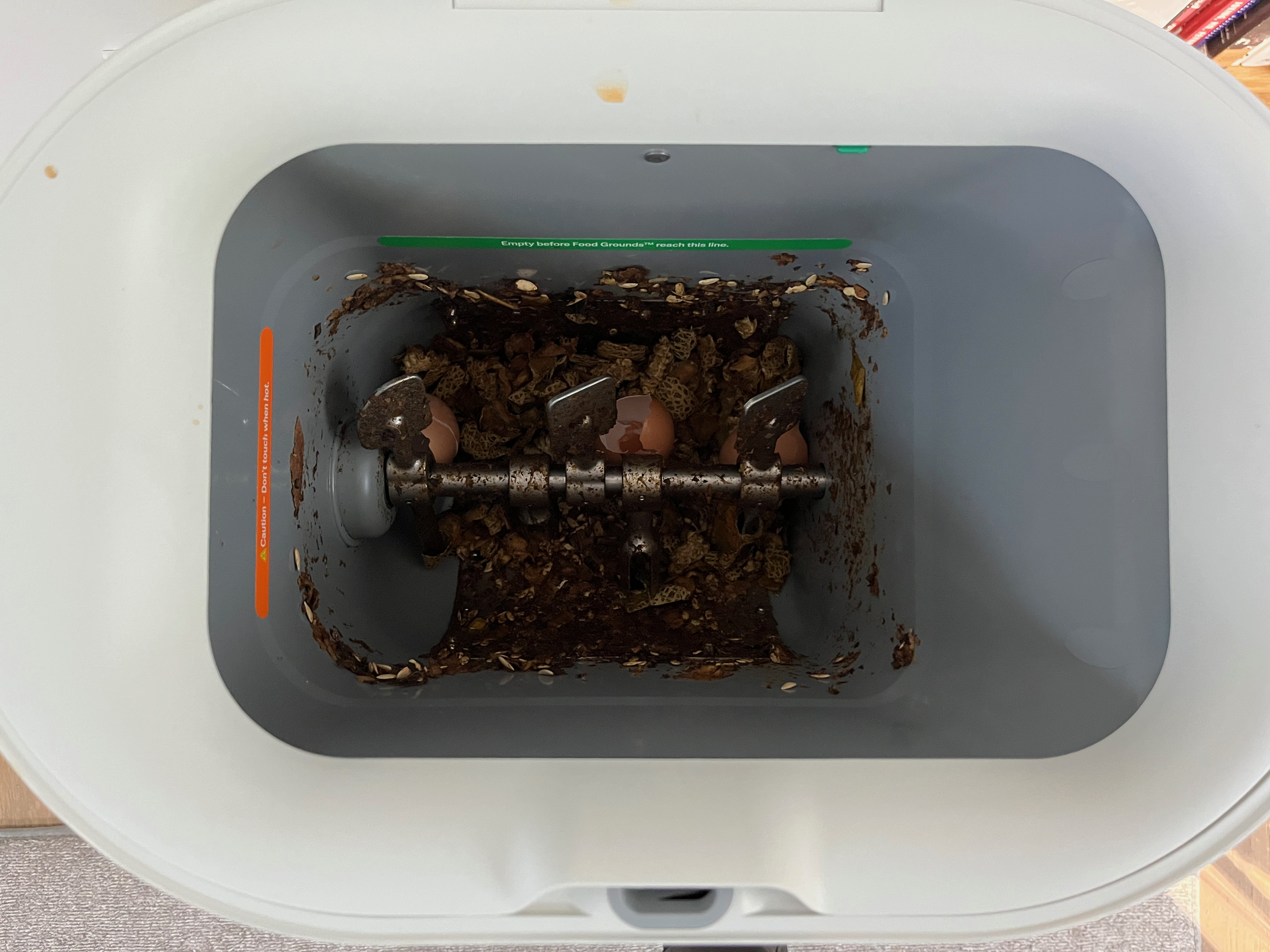The hype around fusion power is real. Researchers at the National Ignition Facility achieved net-positive controlled nuclear fusion in December 2022, a milestone that’s been decades in the making. Then, earlier this month, they did it again, proving that it wasn’t just a fluke.
But that’s not the only thing reshaping the industry. Once the exclusive domain of university and government researchers, the center of gravity around fusion power has begun to shift as founders bring fusion out of the lab. So to better understand the state of the industry and the opportunity in fusion power today, TechCrunch+ caught up with seven founders and CEOs.
It’s no secret that the sector has a troubled history. “There is a graveyard littered with over-promises, missed milestones and false starts,” said Benj Conway, co-founder and president of Zap Energy. “The basic physics of fusion is real, the potential upside is real, but to shed its baggage, the industry needs to deliver more than promises and concepts.”
Fortunately, changes are happening fast, several founders said. As government money has dried up, investors have stepped in, funding startups across the sector to the tune of more than $6 billion so far, according to the Fusion Industry Association. “The shift from government-led [funding] to a mix of public and private efforts, with venture capital strategies akin to those used in the electric vehicle and private space industries, brings not just resources but also a greater tolerance for risk and urgency,” said Taka Nagao, co-founder and CEO of Kyoto Fusioneering.
That capital is pouring into the sector at an opportune time, as fusion power startups can now make rapid gains thanks to a convergence of factors.
For many fusion power startups, high-temperature superconducting magnets sparked their journey. Without them, many fusion reactor designs simply wouldn’t be economical or even possible.
Another factor that shouldn’t be overlooked is the growth in computing power. Cheaper, more advanced processors have helped bring plasma simulation techniques down to earth, said Avalanche Energy co-founder and CEO Robin Langtry. “This is starting to pay off, as we can now use powerful GPUs to simulate many approaches to fusion and explore different ideas, a reality that was not possible even 20 years ago,” he said.
Advances in computing and magnet design have been occurring alongside, and sometimes in coordination with, developments in fusion science. It’s all coalesced over the last few years to create fertile conditions for startups to thrive.
“Now, more than ever, the long-term tailwinds supporting fusion’s commercialization are growing,” said Greg Twinney, CEO of General Fusion.
Read on to find out if things are actually different this time, how the fundraising environment is looking, what founders are doing to tackle this industry’s specific challenges, and more.
We spoke with:
- Benj Conway, co-founder and CEO, Zap Energy
- Robin Langtry, co-founder and CEO, Avalanche Energy
- Christofer Mowry, CEO, Type One Energy
- Thomas Forner, co-founder and CEO, Focused Energy
- Kieran Furlong, co-founder and CEO, Realta Fusion
- Greg Twinney, CEO, General Fusion
- Taka Nagao, co-founder and CEO, Kyoto Fusioneering
(Note: The following interviews have been edited for length and clarity.)
Benj Conway, co-founder and CEO, Zap Energy
Fusion has broken a lot of promises in the past. What’s different this time?
It may not be the answer you expect, but in my assessment, almost nothing is different: Fusion developers continue to over-promise and understate risk — I’m not aware of any fusion concept that lacks serious science and engineering challenges.
Advances in material science and computational techniques are, in my view, exaggerated. The diversity you see in the fusion startup landscape definitely won’t translate into a diversity of commercial approaches later. Fusion developers still focus principally on plasma physics and not enough on all the other technologies required to make fusion commercial.
Fusion investment is down significantly this year after a blockbuster 2021 and a quieter 2022. What does that tell us about the industry?
2021 was a huge outlier skewed by a couple of mega raises. If you remove that datapoint, there has been a steady increase year on year.
What challenges do founders face that are specific to the fusion industry?
Fusion has a reputation problem. There is a graveyard littered with over-promises, missed milestones and false starts. If you call something the Holy Grail, you are setting yourself up to disappoint. Investors are cognizant and wary of this track record.
To compound this, investors find it difficult to distinguish between fusion approaches, and there are countless approaches that stand very little chance of becoming a commercial product. The basic physics of fusion is real, the potential upside is real, but to shed its baggage, the industry needs to deliver more than promises and concepts.
Fusion is famous for its deep technical challenges and long time horizons. How does that affect how you approach investors?
Fusion is still too early for most large institutional investors, which is why most investments come from deep tech, early-stage VC, high-net-worth individuals or strategic corporates. Investors are rightly skeptical of the timelines presented by fusion companies, but it’s usually reasonably binary: Investors either do or do not have a long-enough term investment horizon, and they all have a strong sense of how much timeline risk is acceptable.
Regardless of who the investor is, it’s imperative to be fully open about the risks. The more due diligence an investor does, the better. I do think it is possible to invest in fusion today and exit with strong returns before fusion is fully commercialized.
What’s driving the pace of progress in the fusion industry?
If progress means moving towards a commercial product on a time frame that matters, the pace will depend on two interrelated things: fundraising, the ability of a handful of fusion companies to continue to capitalize themselves; and technology, the rate at which these fusion companies can continue to advance their results and hit milestones.
Ultimately, the pace of progress of the industry will depend on whether fusion economics can compete with other sources of energy.
Robin Langtry, co-founder and CEO, Avalanche Energy
Fusion has broken a lot of promises in the past. What’s different this time?
First, the government funding of fusion science peaked in the late 1970s at $1 billion and then declined to a level that pretty much guaranteed slow progress (chart, for reference). In that environment, the fusion science community responded by focusing on two approaches to Q>1: tokamaks and laser inertial fusion.
Funding for those two approaches from 1980 until recently has averaged about a few hundred millions. Given the scale and size needed for those approaches (and the laser and magnet technology available at the time), the result was very slow but steady progress (see, for example, the recent NIF Q plasma >1 results at Lawrence Livermore National Laboratory). The focus on tokamaks and laser inertial approaches to fusion also meant that many alternative concepts that could have been smaller or faster routes to net energy were never really explored at the national labs due to the lack of resources.
The second point is the urgency of solving the climate change problem and the emergence of private venture capital, which kickstarted a private “fusion industry” around 2018. Since then, over $3 billion has gone into private tokamak and laser fusion approaches that utilize newer technology (high-temp superconducting magnets, high-power lasers) that can shrink the scale of the fusion machines and lower the capital required to build Q>1 demonstrators. In addition, alternative approaches to fusion have also received significant private capital (estimated around $2 billion), including field-reversed configurations (Helion, TAE, General Fusion), Z-pinches (Zap) and now electrostatic fusion (Avalanche Energy).





